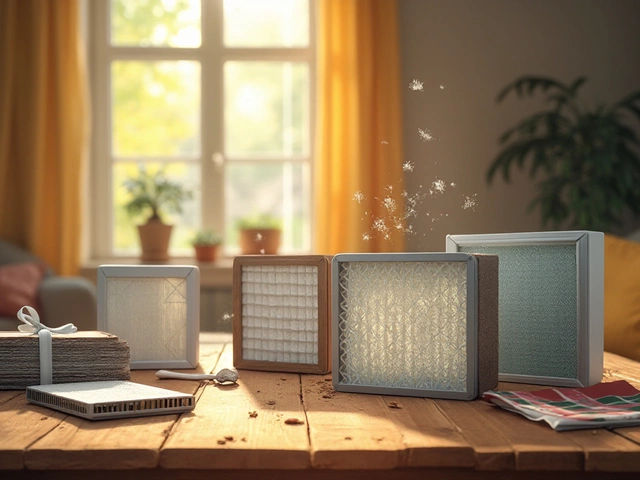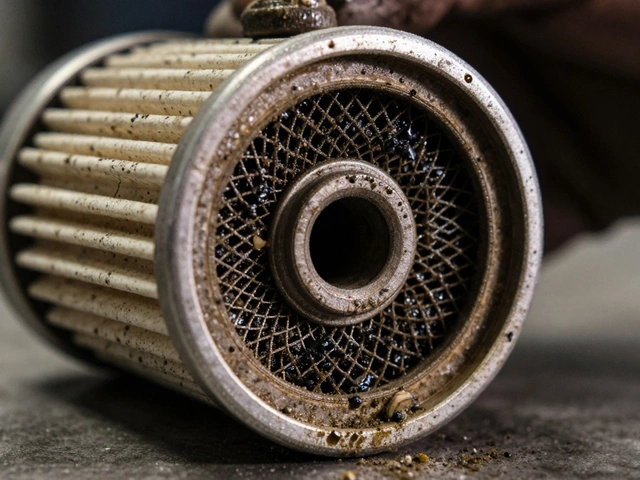Car Coolant Leak: Spot It, Stop It, Fix It
If your engine is getting hot, the first thing to suspect is a coolant leak. A leak can turn a simple drive into a costly repair if you ignore it. The good news? Many small leaks are easy to find and fix yourself. Below we’ll walk through the most common leak spots, simple DIY steps, and the signs that tell you it’s time to see a mechanic.
Common Places a Coolant Leak Shows Up
Coolant runs through several parts of the engine, so a leak can pop up in a few usual spots. Look for puddles under the car, especially after it’s been running. The most frequent culprits are:
- Radiator – cracks, rust, or a broken tank seam will let coolant drip out.
- Hoses – old or cracked rubber hoses can split at the clamps.
- Water pump – the pump’s seal wears out over time and will start leaking from the front of the engine.
- Thermostat housing – the bolt that holds the housing can loosen, or the gasket can fail.
- Freeze plugs – these little metal plugs can corrode and leak when the engine gets hot.
Finding the exact spot may take a bit of patience, but a visual check is the fastest way to narrow it down.
DIY Steps to Tackle a Small Leak
Before you grab tools, make sure the engine is cool. Hot coolant can burn you badly.
- Check the coolant level in the reservoir. If it’s low, top it up with the right type of coolant for your car.
- Inspect all visible hoses and the radiator for wet spots, cracks, or discoloration. A dry cloth can help you see fresh drips.
- If you find a loose hose clamp, tighten it with a screwdriver or a small wrench. For a cracked hose, replace the section – they’re cheap and easy to install.
- For a radiator leak, you can use a radiator sealant as a temporary fix. Follow the product instructions, add it to the coolant, and run the engine for the recommended time.
- When the leak is at the water pump or thermostat housing, it’s usually best to let a professional handle it. Those parts need the engine removed or a special tool to replace the seal.
After any repair, run the engine for a few minutes and watch for any new drips. Keep an eye on the temperature gauge – if the needle climbs into the red, shut the engine off and call for help.
Remember, a small leak you fix yourself can save you a pricey shop visit, but don’t gamble with a big loss. If the coolant level drops quickly, the car overheats, or you see steam coming from the engine bay, pull over safely and get a tow.
At Northwich Tyres Centre we can pressure‑test your cooling system and replace any faulty parts. Our team knows how to keep your car from boiling over, so you can get back on the road with confidence.
 12 June 2025
12 June 2025
Best Repair for a Cracked Radiator: What Actually Works?
A cracked radiator can ruin your day—leaving you stranded or watching your temperature gauge rocket up. This article digs into which repair methods actually hold up, from quick fixes to long-term solutions. We'll cover signs you shouldn't ignore, explain repair options in plain English, and throw in tips that could save you hundreds. You'll even get a sense of when it's time to throw in the towel and replace the whole thing. Stop wasting time and money—get straight answers here.






0